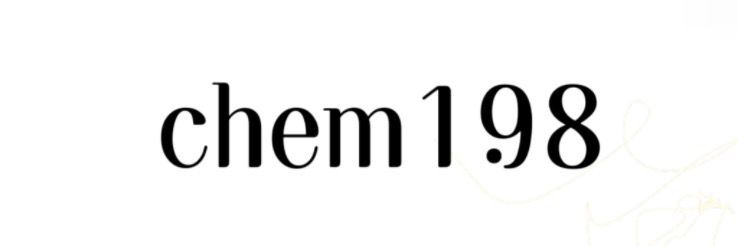Molecular Structure of 1,2-Bis(2-Chloroethoxy) Ethane
The compound 1,2-Bis(2-Chloroethoxy) Ethane features a unique molecular structure that has garnered attention in various industrial applications, particularly in the fields of solvent extraction and chemical synthesis. Its distinct properties stem from its halogenated ether groups, enabling it to play a crucial role in multiple processes.
For more information, please visit Molecular Structure of 1,2-Bis(2-Chloroethoxy) Ethane.
One of the primary functions of 1,2-Bis(2-Chloroethoxy) Ethane is its effectiveness as a solvent. Due to its polar characteristics, it is widely utilized for dissolving various organic compounds, making it invaluable in laboratories and chemical plants. Furthermore, it acts as a reagent in reactions requiring careful control of reaction conditions, allowing for enhanced precision and yields.
While the benefits of this chemical are significant, it is essential to consider both its advantages and drawbacks. On the positive side, the solvent properties of 1,2-Bis(2-Chloroethoxy) Ethane allow for excellent solubility in water and various organic solvents, facilitating ease of use in different applications. Its relatively low volatility also makes it favorable for processes where the escape of volatile compounds needs to be minimized. However, potential disadvantages include its toxicity and environmental impact, given that chlorine-containing compounds can pose risks if not handled correctly. Therefore, proper safety measures and waste disposal practices must be adhered to when working with this compound.
Users have noted that when 1,2-Bis(2-Chloroethoxy) Ethane is employed as a solvent, it often outperforms other traditional solvents in specific chemical reactions. For instance, the enhanced solvency it provides has led many researchers to achieve superior results in experimental setups. Additionally, customers have remarked on its effectiveness in various extraction processes, often reporting a more efficient separation of desired compounds compared to those obtained with common alternatives.
Regarding the pricing of 1,2-Bis(2-Chloroethoxy) Ethane, it is generally considered to be moderately priced within the realm of specialized chemicals. The costs may vary depending on the quantity purchased and the supplier, but on average, users can expect to spend around $200 to $400 per liter. When evaluating its price-performance ratio, many users find that the benefits it offers—such as improved reaction outcomes and enhanced solubility—justify the investment. Therefore, instead of viewing it as a high-cost option, many users see it as a cost-effective solution that contributes to overall project success.
In conclusion, the molecular structure of 1,2-Bis(2-Chloroethoxy) Ethane plays a pivotal role in defining its functions, strengths, and weaknesses within various applications. Users appreciate its superior solvent capabilities and effectiveness in industrial processes, despite the necessary precautions concerning its handling. The moderate pricing further adds to its appeal, making it a noteworthy choice for professionals seeking reliable results in their work with organic compounds.
Contact us to discuss your requirements of Heavy chemical Definition & Meaning. Our experienced sales team can help you identify the options that best suit your needs.

